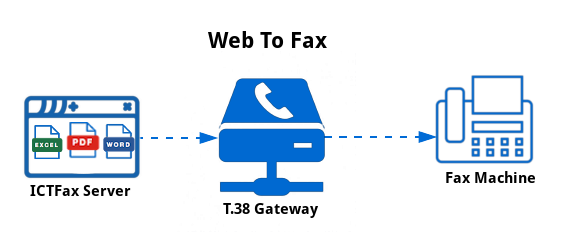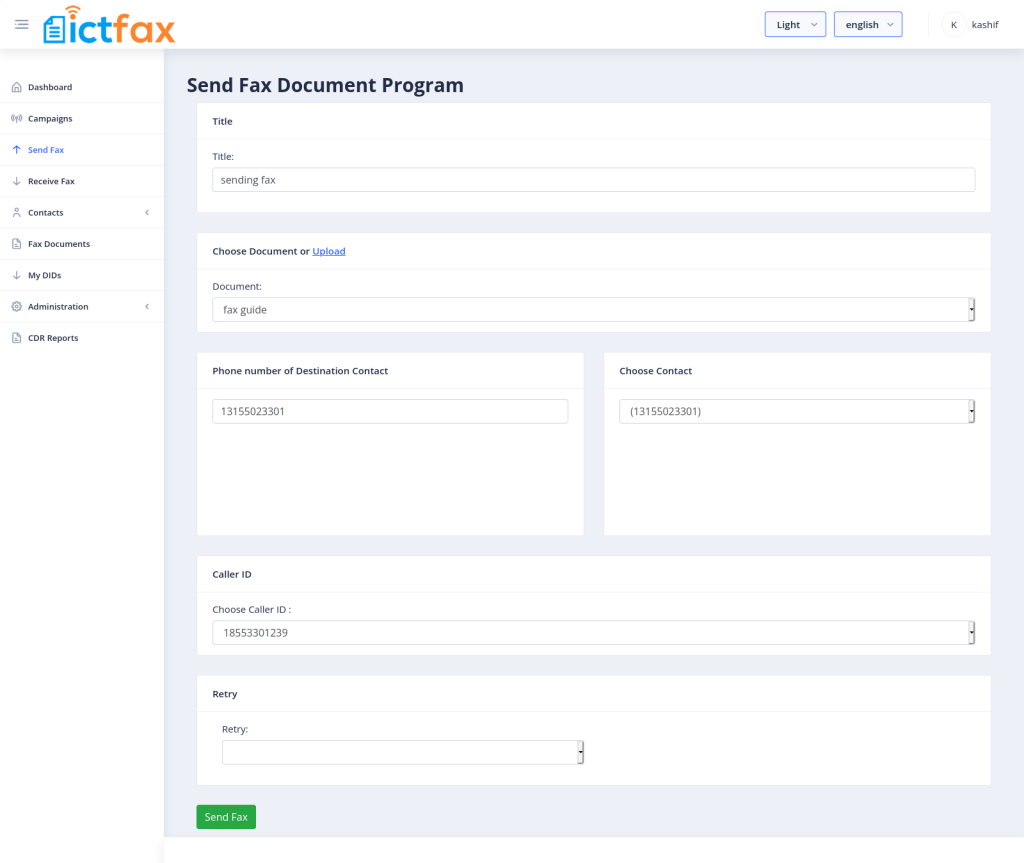The history of fax servers reveals a journey of remarkable technological progress. Originally, fax servers operated as standalone devices, requiring physical presence to send and receive faxes. However, these systems have evolved significantly. Today, fax servers are predominantly cloud-based applications, enabling access from anywhere with an internet connection. This shift allows businesses to enhance their communication processes and boost productivity.
When considering adopting a fax server, several factors should be evaluated. First, assess the features that meet your needs. Fax servers range from basic to feature-rich options. Second, factor in your budget, as prices can vary widely from a few hundred to several thousand dollars. Lastly, ensure the fax server integrates seamlessly with your existing systems to guarantee optimal performance.
Evolution of Fax Servers:
The Rise of Fax Machines and Their Limitations
In the 20th century, fax machines revolutionized document transmission through telephone lines, offering a faster alternative to traditional mail. Despite their advantages, fax machines had limitations, including the need for physical equipment, paper usage, and the inconvenience of manual handling.
Introduction to Fax Servers
With the advent of digital technology, fax servers introduced a more efficient approach to faxing. These servers act as intermediaries between fax machines and digital networks, converting incoming faxes into digital files and delivering them to email inboxes or network folders. This advancement eliminated the need for physical machines and paper, modernizing the faxing process.

Transition to Digital Faxing
As digital communication became more prevalent, digital faxing emerged. Fax servers evolved to support online faxing, allowing users to send and receive faxes directly from computers or mobile devices. This transition eliminated dedicated fax lines and physical machines, reducing costs and enhancing efficiency.
Integration with Existing Systems
Modern fax servers are designed to integrate seamlessly with existing communication systems, such as email servers and document management platforms. This integration allows users to send and receive faxes through familiar interfaces, avoiding the need for separate applications or manual processes. Fax servers have thus become a key component of the communication infrastructure.
The evolution of fax servers has transformed fax communication. From traditional machines to digital faxing and system integration, fax servers are essential for businesses seeking to streamline workflows and improve productivity. The following sections will explore the specific benefits, features, and considerations for implementing fax servers.
Benefits of Fax Servers:
Enhanced Document Security
Fax servers offer superior document security compared to traditional fax machines. With features like encrypted transmissions, secure storage, and user authentication, fax servers protect sensitive information throughout the faxing process. This is especially crucial for industries handling confidential data, such as healthcare, legal, and finance.
Improved Workflow Efficiency
Fax servers enhance workflow efficiency by automating document handling and reducing administrative tasks. Incoming faxes are converted into digital files, making them easier to organize and retrieve. Features like automatic routing direct faxes to the appropriate recipients, saving time and improving document distribution. Additionally, fax servers support sending multiple faxes simultaneously.
Cost Reduction and Time Savings
Implementing fax servers can significantly cut costs associated with traditional faxing, including the expense of physical machines, paper, ink, and dedicated phone lines. By automating document handling and reducing labor costs, fax servers contribute to increased productivity and efficiency.
Compliance with Legal Requirements
Fax servers assist in meeting industry regulations for document transmission and confidentiality, such as audit trails, electronic signatures, and secure protocols. They also support fax archiving and retrieval for compliance and legal purposes.
Features of Fax Servers:
- Faxing: Send and receive faxes to and from other machines or email addresses.

- Document Management: Store, search, and share documents in formats like PDF, TIFF, and Word.
- Security: Features such as encryption and authentication protect sensitive documents.
- Reporting: Generate reports on fax activity for tracking and troubleshooting.

- Integration: Connect with email and CRM systems for streamlined communication.
- Fax Broadcasting: Send the same fax to multiple recipients for mass communications.
- Fax Tracking: Monitor the status of sent faxes.
- Fax Logging: Record all fax activity for tracking and compliance purposes.
These features vary by fax server, so choose one that aligns with your needs, budget, and system compatibility.
Conclusion:
Fax servers have become a vital tool for businesses aiming to streamline communication processes, increase productivity, and leverage digital technology. With benefits such as enhanced security, improved efficiency, cost savings, compliance support, and greater accessibility, fax servers have transformed the traditional faxing landscape. By incorporating features like online faxing, broadcasting, integration, and secure transmission, businesses can optimize their communication workflows and achieve significant efficiency gains.
Leveraging Open Source in ICT
